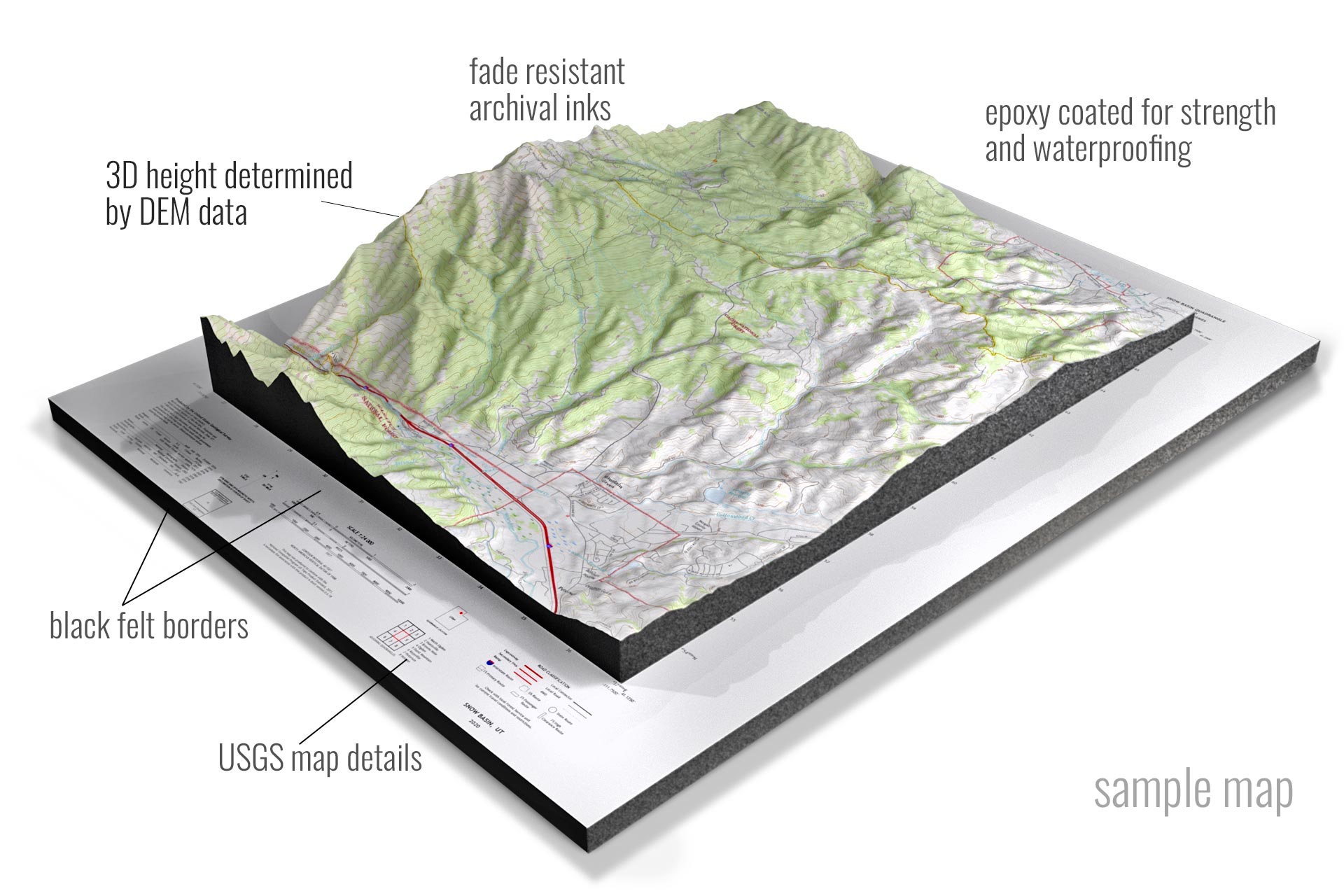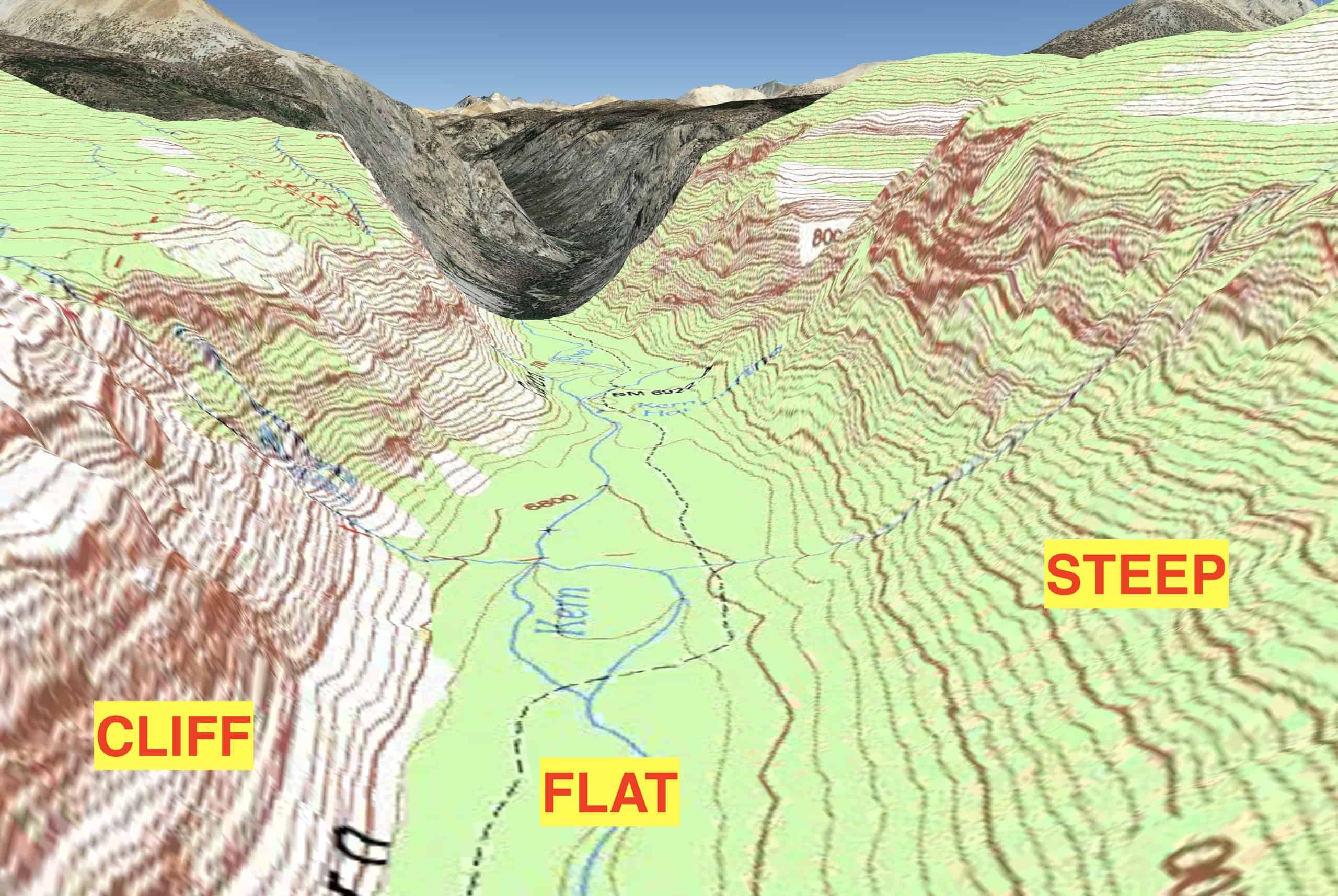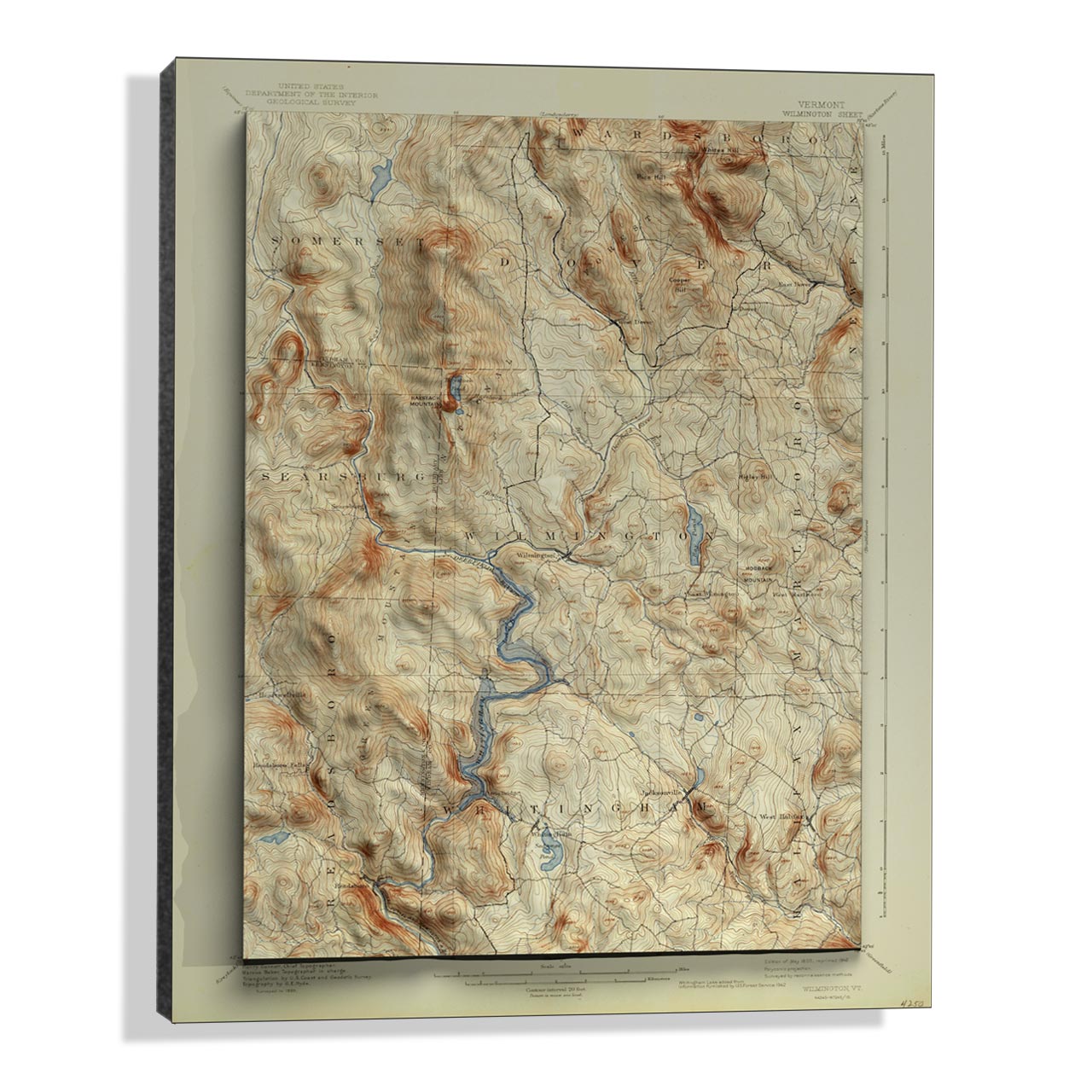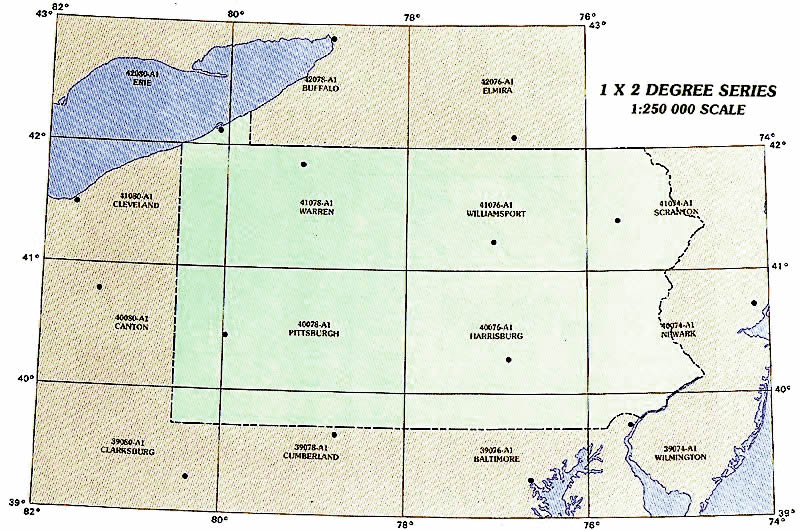Decoding Pennsylvania’s Topography: An Exploration of PA Elevation Maps
Associated Articles: Decoding Pennsylvania’s Topography: An Exploration of PA Elevation Maps
Introduction
With enthusiasm, let’s navigate by means of the intriguing subject associated to Decoding Pennsylvania’s Topography: An Exploration of PA Elevation Maps. Let’s weave attention-grabbing info and supply contemporary views to the readers.
Desk of Content material
Decoding Pennsylvania’s Topography: An Exploration of PA Elevation Maps

Pennsylvania, a state wealthy in historical past, tradition, and business, boasts a surprisingly various topography. From the rolling hills of the south-central area to the rugged Allegheny Mountains within the west and the comparatively flat plains of the east, understanding Pennsylvania’s elevation is essential to comprehending its geology, local weather, hydrology, and even its cultural improvement. Elevation maps of Pennsylvania present a visible key to unlocking these complexities, providing invaluable insights for researchers, planners, and anybody within the state’s pure panorama.
The Significance of Elevation Knowledge in Pennsylvania:
Elevation information, usually represented by means of elevation maps, will not be merely a geographical curiosity. It kinds the bedrock of quite a few purposes throughout numerous sectors:
-
Hydrology and Water Useful resource Administration: Elevation maps are important for understanding watershed boundaries, drainage patterns, and the stream of rivers and streams. This info is essential for flood prediction, water useful resource administration, and the design of dams, reservoirs, and different water infrastructure. Pennsylvania’s quite a few rivers, together with the Susquehanna, Allegheny, and Ohio, are closely influenced by the state’s different elevation. Understanding the elevation adjustments alongside these waterways helps predict potential flooding and erosion.
-
Infrastructure Planning and Improvement: From highway building and bridge design to the siting of buildings and utilities, correct elevation information is paramount. Planning for transportation networks requires cautious consideration of gradients and slopes, making certain secure and environment friendly routes. Equally, the development of buildings and different infrastructure necessitates information of the bottom elevation to forestall instability and guarantee structural integrity. The Appalachian Mountains, as an illustration, pose vital challenges for infrastructure improvement, requiring cautious engineering options.
-
Agriculture and Land Use: Elevation considerably influences soil kind, drainage, and the suitability of land for various agricultural practices. Farmers make the most of elevation information to optimize crop choice, irrigation methods, and general farm administration. Elevation maps additionally play an important function in land-use planning, serving to to establish areas appropriate for improvement, conservation, or recreation. The numerous elevations throughout Pennsylvania help various agricultural practices, from dairy farming within the valleys to fruit orchards on gentler slopes.
-
Environmental Administration and Conservation: Elevation information is important for understanding ecological processes, figuring out delicate habitats, and managing pure assets. Elevation influences vegetation patterns, wildlife distribution, and the vulnerability of ecosystems to local weather change. Conservation efforts typically depend on elevation maps to delineate protected areas, monitor adjustments in land cowl, and assess the influence of human actions on the atmosphere. Pennsylvania’s various ecosystems, from forests to wetlands, are straight formed by its various elevations.
-
Emergency Response and Catastrophe Administration: Within the occasion of pure disasters like floods, landslides, or wildfires, elevation maps present essential info for emergency response planning and evacuation routes. Understanding the topography permits for higher prediction of potential hazard zones and the environment friendly deployment of assets. Pennsylvania’s susceptibility to flooding and landslides necessitates correct elevation information for efficient emergency administration.
Sorts of Pennsylvania Elevation Maps:
A number of kinds of elevation maps can be found for Pennsylvania, every providing distinctive views and ranges of element:
-
Contour Maps: These traditional maps make the most of contour traces to depict areas of equal elevation. The nearer the contour traces, the steeper the slope. Contour maps present a complete overview of the terrain and are broadly used for quite a lot of purposes.
-
Digital Elevation Fashions (DEMs): DEMs are digital representations of the Earth’s floor, offering elevation information in a grid format. These fashions are more and more used for three-dimensional visualization, hydrological modeling, and different superior purposes. Excessive-resolution DEMs of Pennsylvania can be found from numerous sources, together with authorities companies and personal firms.
-
Hillshade Maps: Hillshade maps create a three-dimensional impact by simulating the shadows solid on the panorama by a light-weight supply. These maps are visually interesting and assist to focus on the terrain’s options, making them helpful for academic and interpretive functions.
-
Hypsometric Maps: These maps mix elevation information with shade or shading to characterize totally different elevation ranges. They supply a transparent visible illustration of the distribution of elevations throughout the panorama.
-
Three-Dimensional (3D) Fashions: Superior applied sciences permit for the creation of detailed 3D fashions of Pennsylvania’s topography, providing immersive visualizations and facilitating advanced analyses. These fashions are sometimes used for city planning, environmental influence assessments, and public outreach.
Deciphering Pennsylvania’s Elevation Map:
A cautious examination of a Pennsylvania elevation map reveals a number of key options:
-
Appalachian Mountains: The western portion of Pennsylvania is dominated by the Allegheny Mountains, part of the bigger Appalachian Mountain vary. These mountains exhibit vital elevation adjustments, with peaks reaching over 3,000 ft. The rugged terrain considerably impacts land use and infrastructure improvement on this area.
-
Allegheny Plateau: West of the Allegheny Mountains lies the Allegheny Plateau, a comparatively high-elevation area characterised by rolling hills and dissected plateaus. This area contains a advanced drainage system and helps various ecosystems.
-
Ridge and Valley Province: East of the Allegheny Entrance, the Ridge and Valley Province is characterised by alternating ridges and valleys, created by folding and faulting throughout mountain constructing. This area reveals a major variation in elevation, with slender valleys and steep slopes.
-
Nice Valley: The Nice Valley, also referred to as the Cumberland Valley, is a broad, fertile valley that runs by means of central Pennsylvania. This comparatively low-elevation space is extremely productive agriculturally and densely populated.
-
Piedmont Plateau: The japanese portion of Pennsylvania is a part of the Piedmont Plateau, a area of rolling hills and low mountains. The elevation steadily decreases in the direction of the Atlantic Coastal Plain.
Knowledge Sources and Accessibility:
Quite a few sources present elevation information for Pennsylvania:
-
United States Geological Survey (USGS): The USGS is a main supply of elevation information, providing quite a lot of DEMs and different geospatial merchandise.
-
Pennsylvania Division of Conservation and Pure Assets (DCNR): The DCNR supplies elevation information and different geographic info associated to the state’s pure assets.
-
Pennsylvania Geographic Data Clearinghouse (PAGIC): PAGIC serves as a central repository for geographic information associated to Pennsylvania.
-
Personal Corporations: A number of personal firms supply high-resolution elevation information and associated providers.
Entry to those information sources is commonly free or accessible at an affordable value, making elevation information readily accessible for a variety of customers. The growing availability of on-line mapping instruments and geographic info techniques (GIS) software program additional simplifies the use and interpretation of elevation information.
Conclusion:
Pennsylvania elevation maps are way over easy representations of the state’s topography. They’re invaluable instruments for understanding and managing the state’s pure assets, planning infrastructure, and responding to emergencies. The various elevation patterns of Pennsylvania form its ecology, affect its cultural panorama, and pose distinctive challenges and alternatives for its inhabitants. By using the available elevation information and associated applied sciences, researchers, planners, and residents can acquire a deeper appreciation for the complexities and great thing about Pennsylvania’s distinctive geography. The continued improvement and accessibility of high-resolution elevation information will solely improve our understanding and administration of this very important side of the state’s pure and human atmosphere.








Closure
Thus, we hope this text has offered invaluable insights into Decoding Pennsylvania’s Topography: An Exploration of PA Elevation Maps. We admire your consideration to our article. See you in our subsequent article!